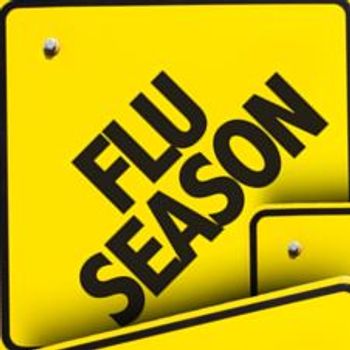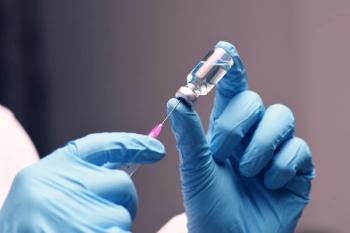
HHS Survey Finds US Hospital Pandemic Response Severely Challenged
Inadequate testing supplies and compromised safety of frontline healthcare providers lead hospitals' challenges, according to new OIG report.
US hospitals report that their most significant challenges during the early surge of the COVID-19 pandemic have centered on inadequate capacity to test and care for infected patients and keeping frontline healthcare personnel safe. The findings are from
OIG conducted phone interviews from March 23-27 with 323 hospitals of different types and sizes in 46 states, the District of Columbia, and Puerto Rico. Most were treating patients with confirmed or suspected COVID-19. Challenges reported:
Severe shortage of testing supplies, exteneded waits for results
- Limited ability to monitor health of patients, staff
- Can't keep pace with testing demands as a result of incomplete testing kits or lack of supplies to complete tests
- Frequent waits of 7 days or more for test results leading to extended patient stays, thus strained bed availability, personal protective equipment (PPE) supplies, and staffing
Widespread shortage of PPE
- Absence of robust supply chain during critical period of heavy burn rates
- Uncertainty about availability of PPE from Federal and State sources and noted sharp increases in prices for PPE from some vendors
Diffuculty maintaining adequate staff, support staff
- Shortage of specialized providers needed to meet anticipated patient surge
- Staff exposure to COVID-10 may exacerbate staffing shortages and overwork
- Fear and uncertainty taking an emotional toll on staff professionally and personally
Difficulty maintaining/expanding hopsital capacity to treat patients
- Post-acute-care facilities require negative COVID-19 tests before accepting discharged patients thus extending stay and using valuable bed space
Shortages of critical supplies, materials, logistic support
- Shortages associated with increase in number of beds hapmering patient care, eg, low inventory of IV poles, medical gas, linens, toilet paper, food
- Other supplies running low include no-touch infrared thermometers, disinfectants, cleaning supplies
- Smaller more isolated hospitals faced particular challenges to restocking quickly
Anticpated ventilator shortages
- Uncertain supply of standard, full-feature ventilators has led some hospitals to use alternatives, eg, adapting anesthesia machines, using single-use emergency transport ventilators
- Shortages will force difficult decisions about ethical allocation and liability
Changing/inconsistent guidance
- Shfiting messages form Federal, State, and local authorities have confused hospitals and public with regard to criteria for testing, determining which elective procedures to delay, use of PPE, and getting supplies from the national stockpile.
- Hospitals workloads have increased as a result of public misinformation, eg, patients showing up unnecessarily
At the time of the interviews for the report, hospitals voiced pressing needs for government assistance in 5 primary categoreis to help meet COVID-19 response challenges:
- Assistance with testing, supplies, and equipment (eg, PPE)
- Assistance with workforce allocation
- Assistance with capacity of facilities
- Financial assistance
- Communication and public information
Report authors note that the information collected is meant to aid HHS as it continues to manage the crisis, not to critique its response to the pandemic.
For more COVID-19 coverage for primary care, visit our
Stay in touch with Patient Care® Online:
→Subscribe to our
Newsletter
Enhance your clinical practice with the Patient Care newsletter, offering the latest evidence-based guidelines, diagnostic insights, and treatment strategies for primary care physicians.

















































































































































































































































































